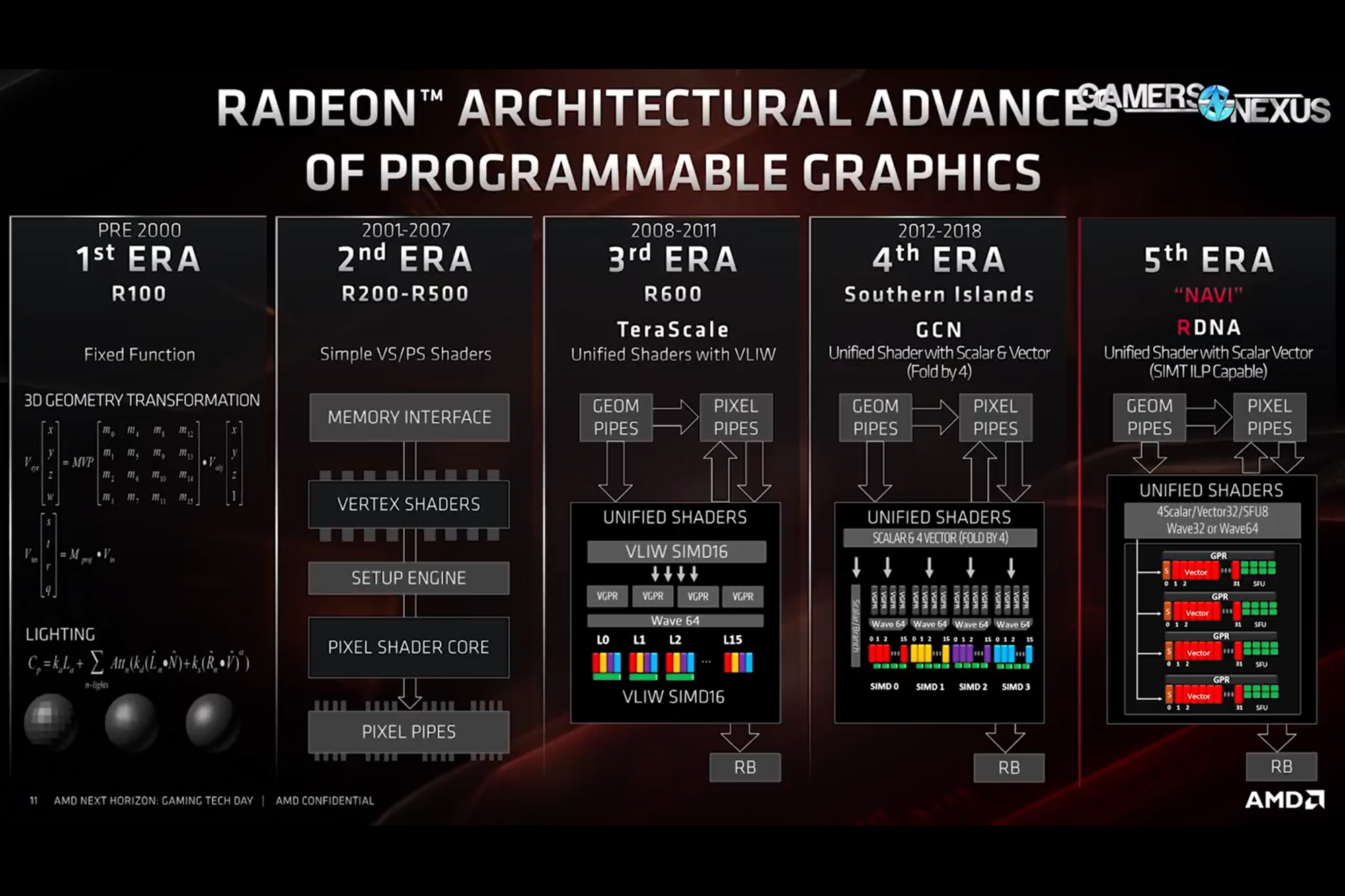You will have to wait forever....suddenly it's not raytracing anymore....now you add additional "requirements"....I will sig you statement now...I will look really funny in 10 years.
Lag...lag...laaaaaaaaaaaaaaaaaaag.
Unless you fix it...you will have +150 ms lag.
I'm waiting?
LOL
Glad you put that in your sig. Keep it there awhile. It will no doubt age very well.
I didn't change any requirements. 60fps is the min people are looking for... and 4k 60fps is what google is offering, as long as your connection is fast enough. So if your 2080ti can't do 4k 60fps with tracing on (and it can't) its less then.
150 ms lag. If that is the case where you are upgrade your ISP.
I have gigabit fiber... and I have seen NVs streaming service operating on the same speed connection at a relatives place. Looked great, didn't notice any major lag. And those games where running at ultra settings. Looked great. I also suspect googles new service is superior.
Sure there will be pains when they launch... just like there was with their test last year. In areas with the best pipe its great... in areas with less then service, ya it wasn't perfect.
Still the masses are going to be able to play their AAA PC titles on their phones at 720p. Streaming is likely to get pretty popular.
![[H]ard|Forum](/styles/hardforum/xenforo/logo_dark.png)
